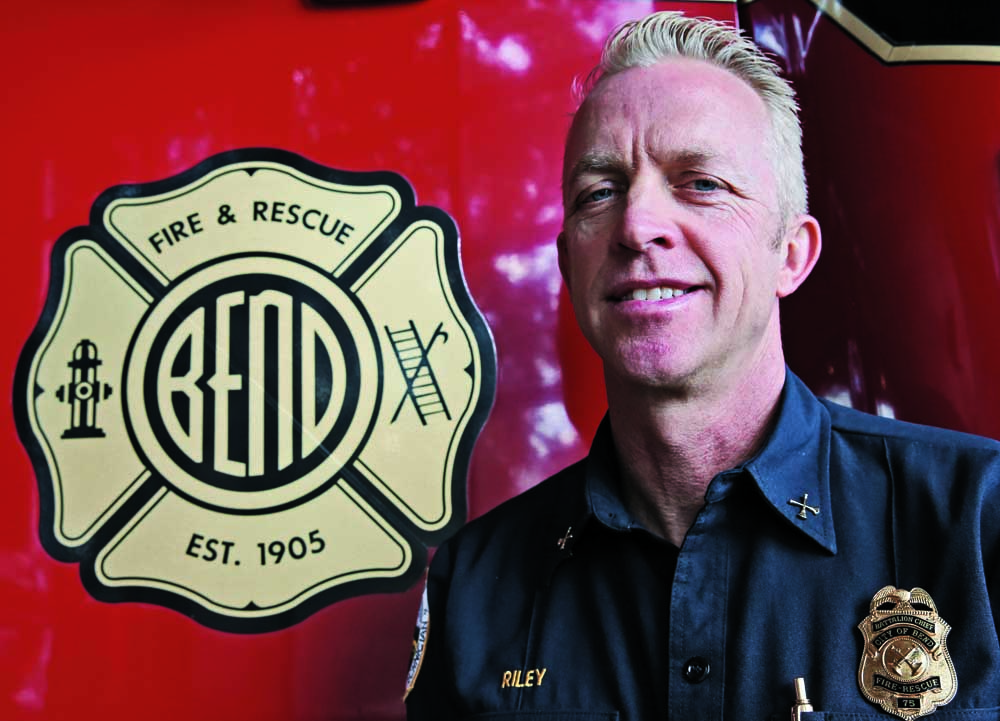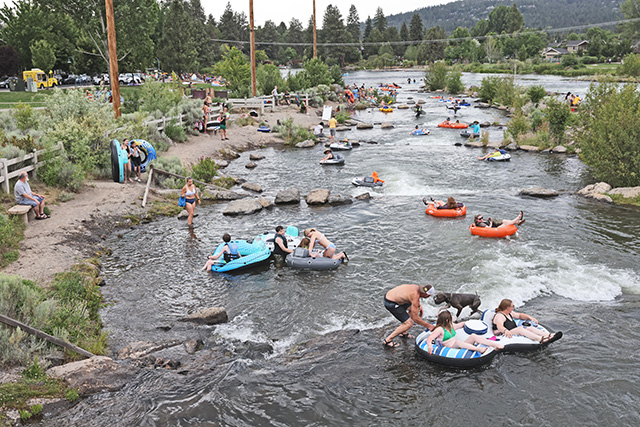New superintendent for Lewis and Clark park
Published 5:00 am Tuesday, August 27, 2013
LONGVIEW, Wash. — Scott Tucker hadn’t been to Oregon’s Fort Clatsop when he applied to be superintendent of the Lewis and Clark National Historical Park, but you could say he’s been headed to the historic winter encampment since his junior year in college.
Tucker, who took over in July, is now in charge of several Lewis and Clark sites along the Columbia River and the Pacific Coast. He said he’s loved getting to know both the park and the area in the past two months and makes a point to walk at least part of the park every day, sometimes in his National Park Service uniform, sometimes as a civilian.
“For me, it’s the adventure and the unknown,” he said about the lure of Lewis and Clark. “It’s about putting yourself in their shoes, and in the shoes of the Native communities they encountered, and facing the unknown. … And I knew this was a story I wanted to be a part of.”
Like Lewis and Clark, Tucker comes to the park from the White House, or more accurately President’s Park surrounding the White House. He managed the park for several years, overseeing the 54 acres of park grounds as well as special events, including lightings of the National Christmas Tree and the annual Easter Egg Roll at the White House. There, he said, it was more about creating “snapshot moments” for visitors who make a quick stop before taking in several other D.C. sites.
Trips to the Lewis and Clark National Historical Park, though, are a different experience.
“This is a destination visit,” Tucker said, noting visitors take in exhibits, stroll through the restored cabin sites and hike trails at the park. “People come for several hours and make a day of it.”
Tucker, 39, grew up visiting national parks with his parents and said a trip during his junior year in college to Mesa Verde National Park in Colorado convinced him to change his major from teaching to social science.
“I decided I wanted to teach in the parks,” he said.
His first job was at Klondike Gold Rush National Historical Park in Skagway, Alaska, and Tucker said he knew then he wanted to work at smaller, community-based parks rather than the large tourist meccas like Yellowstone or Yosemite. He said he likes the connections smaller parks can make with the surrounding community.
After Alaska, he worked at the Smithsonian Institution’s National Museum of the American Indian and later at the White House.







